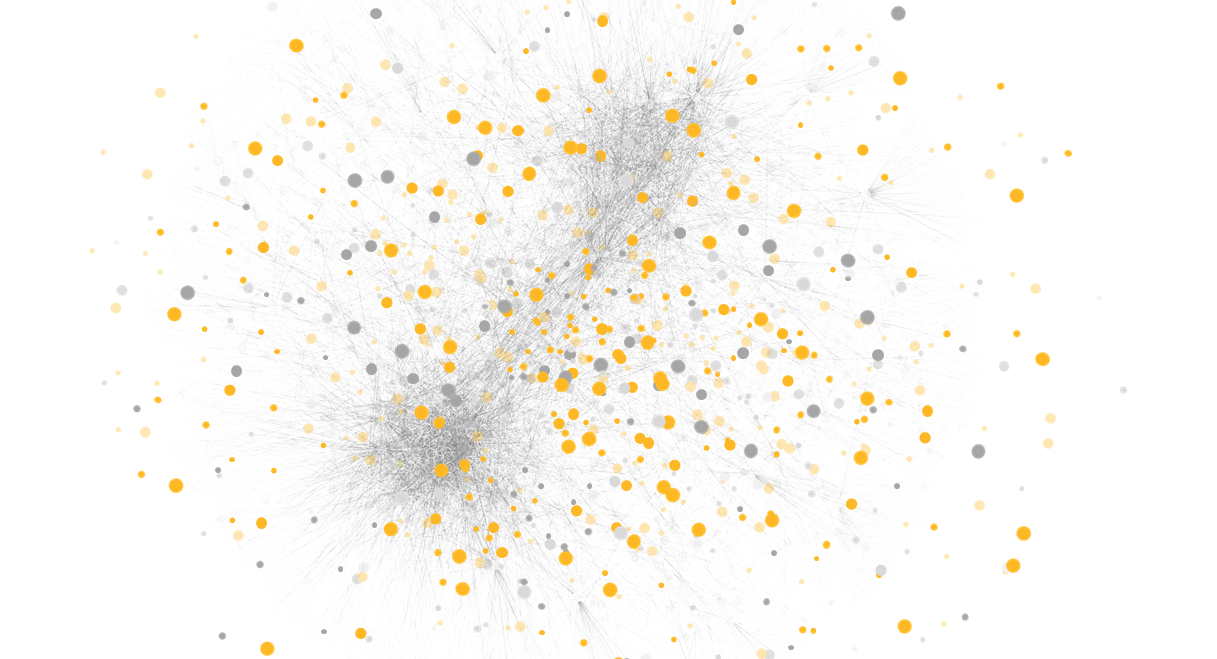Connectivity
Connectivity is the state of being connected or interconnected. This can relate to direct connectivity between physical things such as people via proximity or transport networks, or indirect connectivity via communications networks.
Connectivity is becoming increasingly important, so that our communities are in touch and we are better able to deal with emerging global challenges such as population growth, urbanisation and climate change.
When the term is used in relation to smart cities, it is associated with the technical infrastructure required for smart cities to operate efficiently. In smart cities, connectivity is dependent on density of population, availability of services, characteristics of existing buildings, networking infrastructure and other factors. As smart cities increasingly incorporate wireless networks, connectivity should become more seamless.
The term ‘ecology connectivity’ refers to; ‘…a measure of the functional availability of the habitats needed for a particular species to move through a given area. Examples include the flight lines used by bats to travel between roosts whilst foraging.' Ref The HS2 London-West Midlands Environmental Statement, published by the Department for Transport in November 2013.
Urban Design Guidelines for Victoria, published by The State of Victoria Department of Environment, Land, Water and Planning in 2017 suggests that connectivity refers to: ‘The number of connecting routes within a particular area, often measured by counting the number of intersection equivalents per unit of area. An area may be measured for its 'connectivity' for different travel modes – vehicle, cyclist or pedestrian. An area with high connectivity has an open street network that provides multiple routes to and from destinations’
Spatial development glossary, European Conference of Ministers responsible for Spatial/Regional Planning (CEMAT), Territory and landscape, No. 2, published by Council of Europe Publishing in 2007, states: ‘The connectivity of a specific urban settlement or location corresponds to the number, nature and capacity of transport and communication/telecommunication links with other urban settlements and with the major networks. The level of connectivity does not depend only upon the proximity of major transport and communication networks, but also and primarily upon proximity to the points of access to these networks (railway stations, entrance to motorways). The concept of connectivity applies to both transport and telecommunication networks.’
The Geospatial Glossary, published by the Geospatial Commission, and accessed on 17 September 2022, defines connectivity as: ‘A topological property relating to how geographical features are attached to one another functionally, spatially, or logically. In a water distribution system, connectivity would refer to the way pipes, valves, and reservoirs are attached, implying that water could be traced from its source in the network, from connection to connection, to any given final point. Functional, spatial, and logical connectivity are examples of relationships that can be represented and analyzed in a GIS database.’
[edit] Related articles on Designing Buildings
Featured articles and news
The UK's Modern Industrial Strategy: A 10 year plan
Previous consultation criticism, current key elements and general support with some persisting reservations.
Building Safety Regulator reforms
New roles, new staff and a new fast track service pave the way for a single construction regulator.
Architectural Technologist CPDs and Communications
CIAT CPD… and how you can do it!
Cooling centres and cool spaces
Managing extreme heat in cities by directing the public to places for heat stress relief and water sources.
Winter gardens: A brief history and warm variations
Extending the season with glass in different forms and terms.
Restoring Great Yarmouth's Winter Gardens
Transforming one of the least sustainable constructions imaginable.
Construction Skills Mission Board launch sector drive
Newly formed government and industry collaboration set strategy for recruiting an additional 100,000 construction workers a year.
New Architects Code comes into effect in September 2025
ARB Architects Code of Conduct and Practice available with ongoing consultation regarding guidance.
Welsh Skills Body (Medr) launches ambitious plan
The new skills body brings together funding and regulation of tertiary education and research for the devolved nation.
Paul Gandy FCIOB announced as next CIOB President
Former Tilbury Douglas CEO takes helm.
UK Infrastructure: A 10 Year Strategy. In brief with reactions
With the National Infrastructure and Service Transformation Authority (NISTA).
Ebenezer Howard: inventor of the garden city. Book review.
The Grenfell Tower fire, eight years on
A time to pause and reflect as Dubai tower block fire reported just before anniversary.
Airtightness Topic Guide BSRIA TG 27/2025
Explaining the basics of airtightness, what it is, why it's important, when it's required and how it's carried out.
Construction contract awards hit lowest point of 2025
Plummeting for second consecutive month, intensifying concerns for housing and infrastructure goals.
Understanding Mental Health in the Built Environment 2025
Examining the state of mental health in construction, shedding light on levels of stress, anxiety and depression.
The benefits of engaging with insulation manufacturers
When considering ground floor constructions.
Lighting Industry endorses Blueprint for Electrification
The Lighting Industry Association fully supports the ECA Blueprint as a timely, urgent call to action.
























